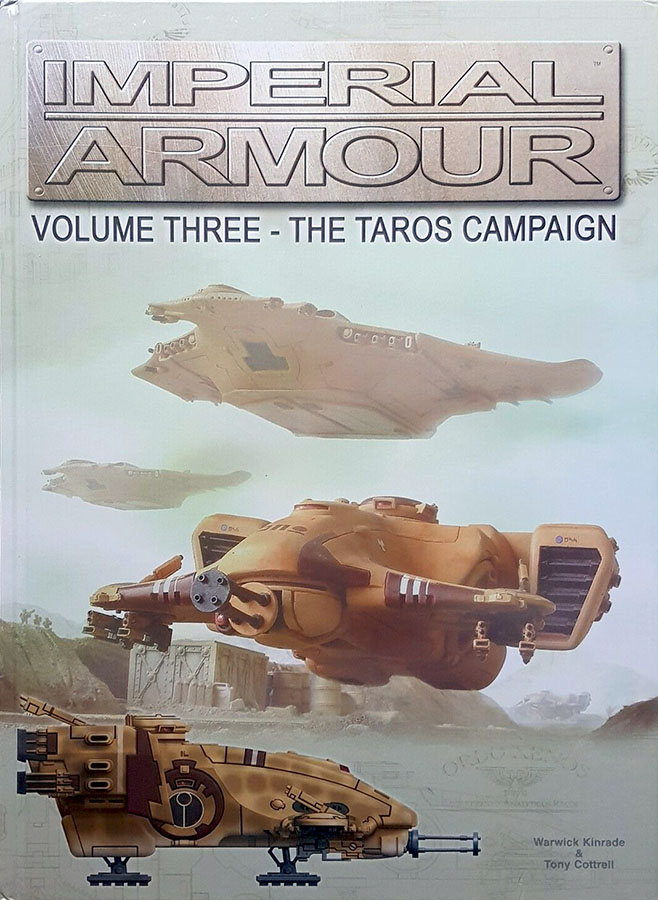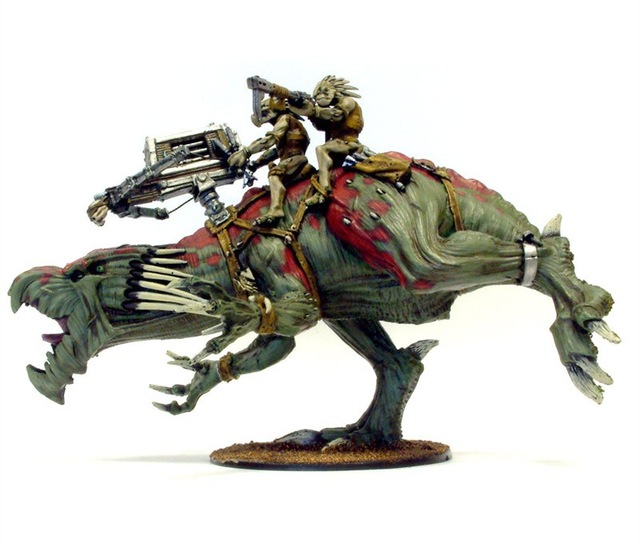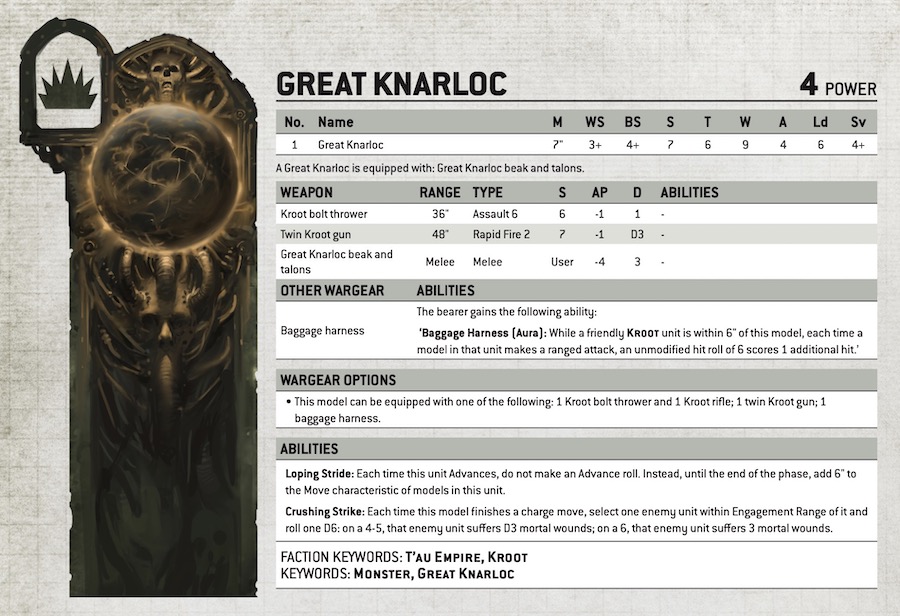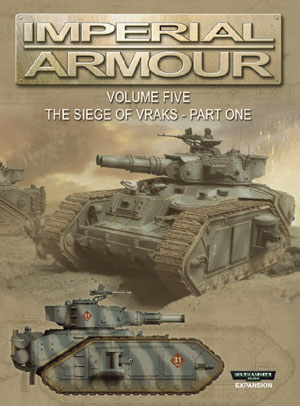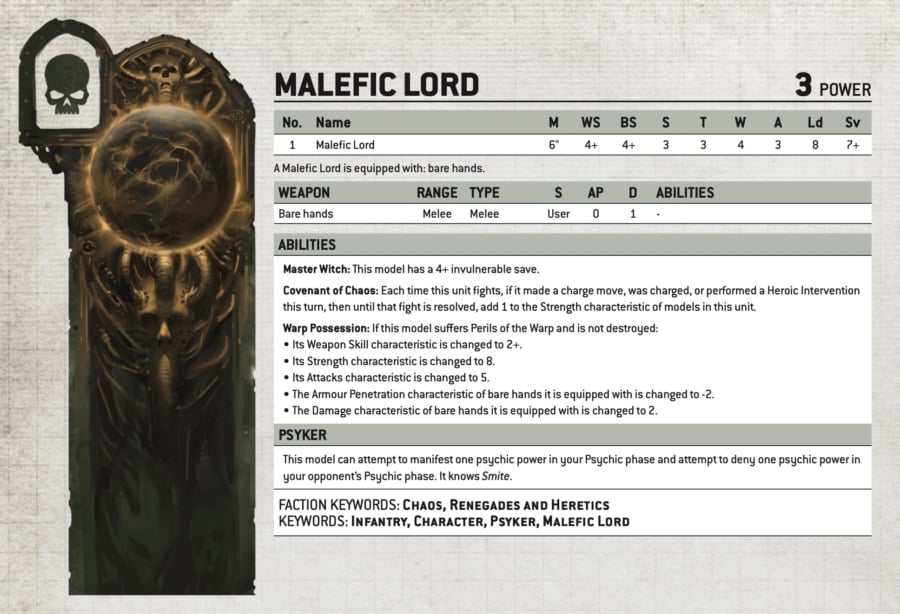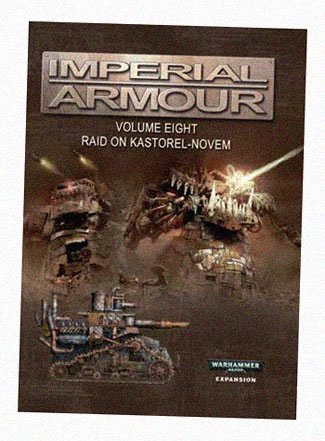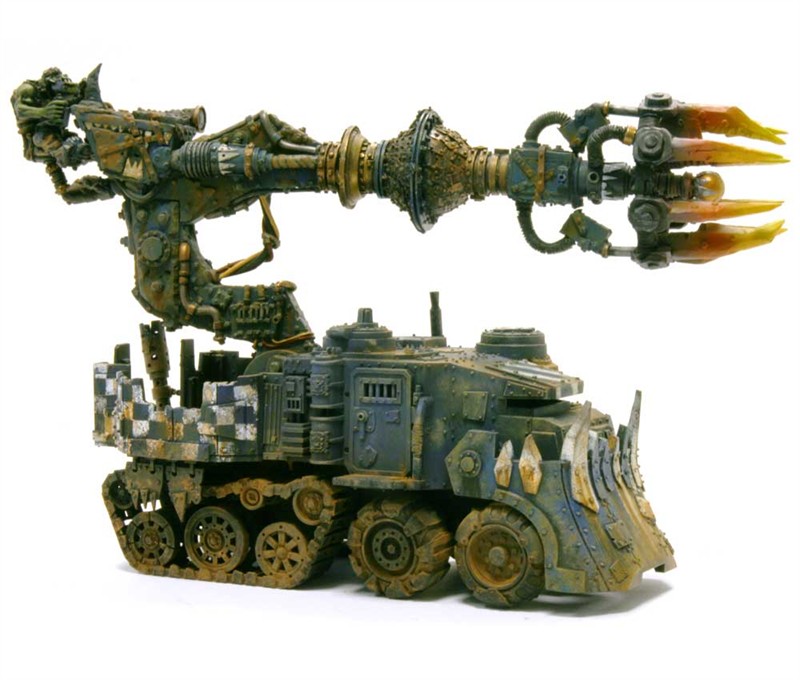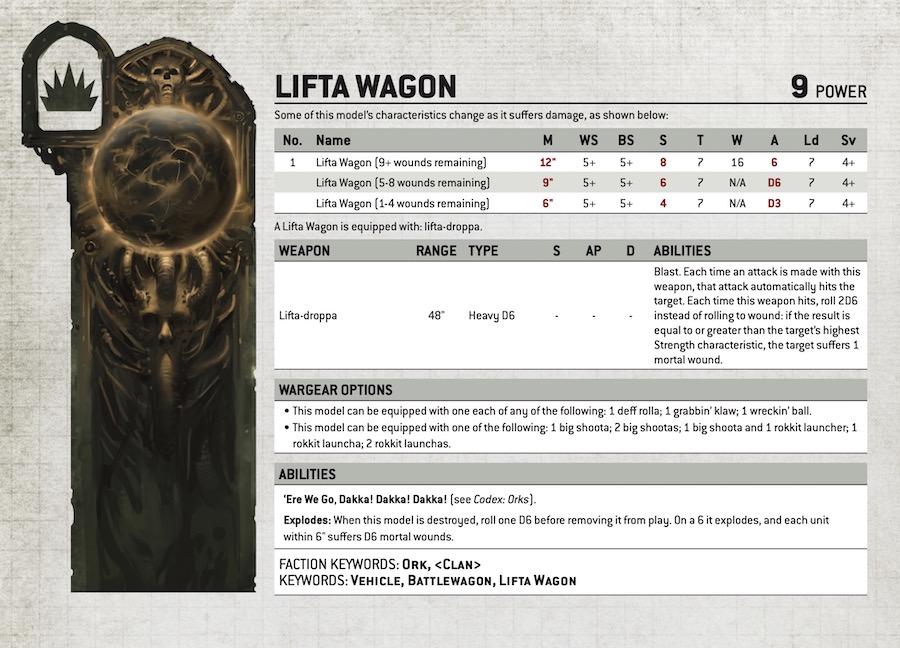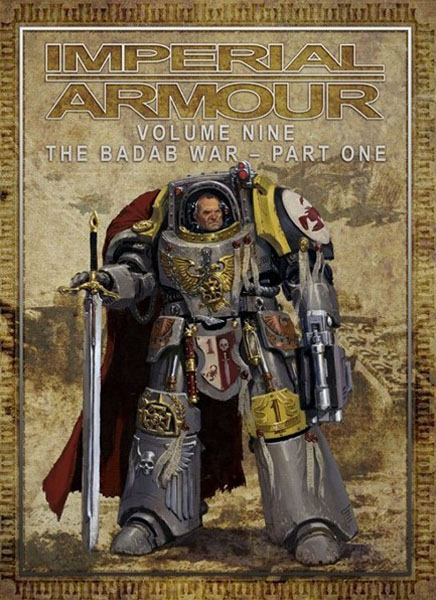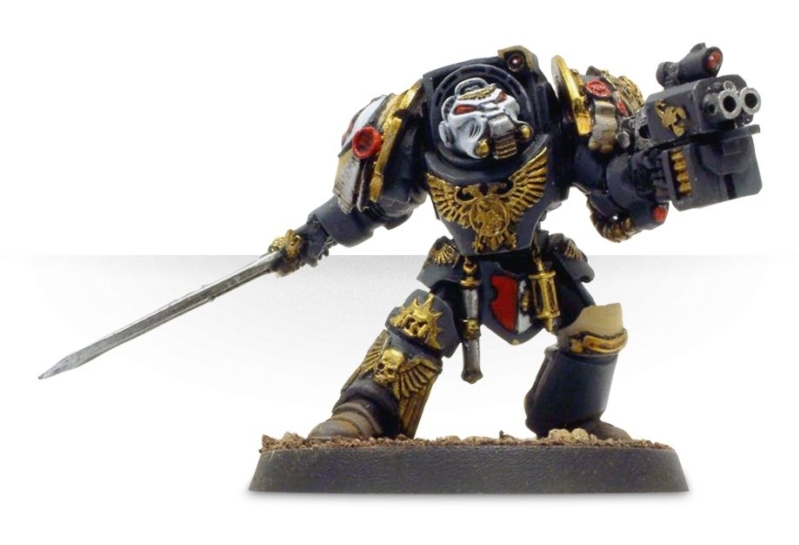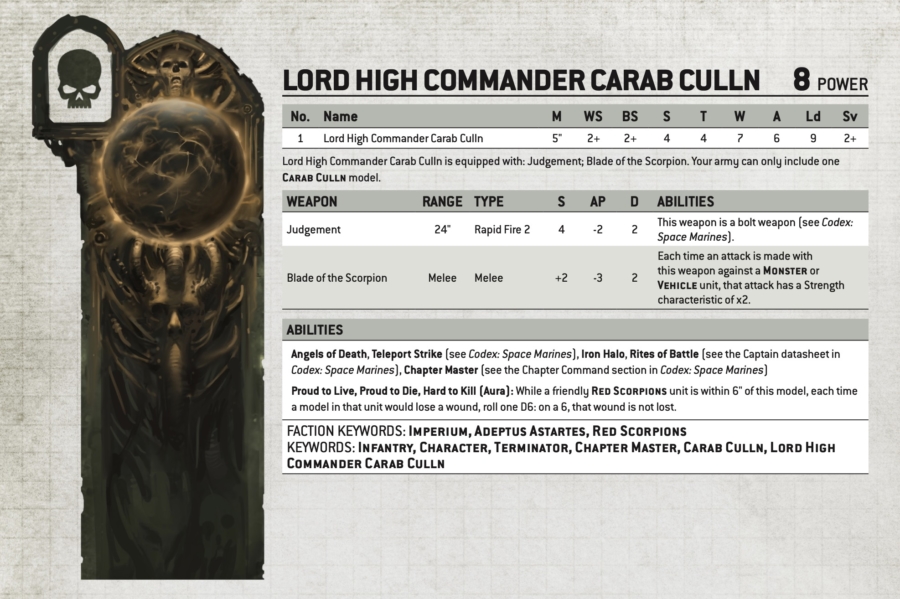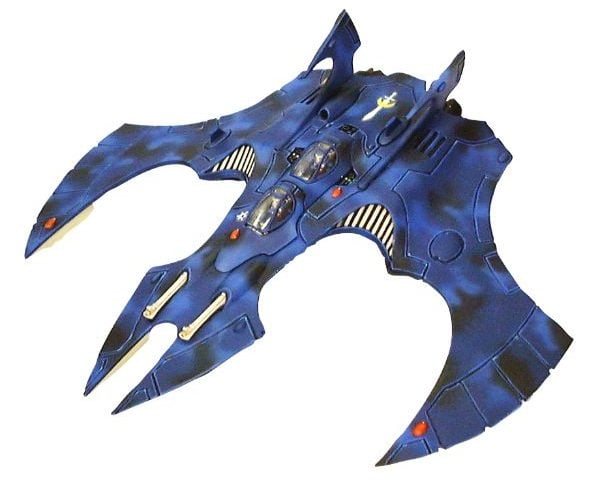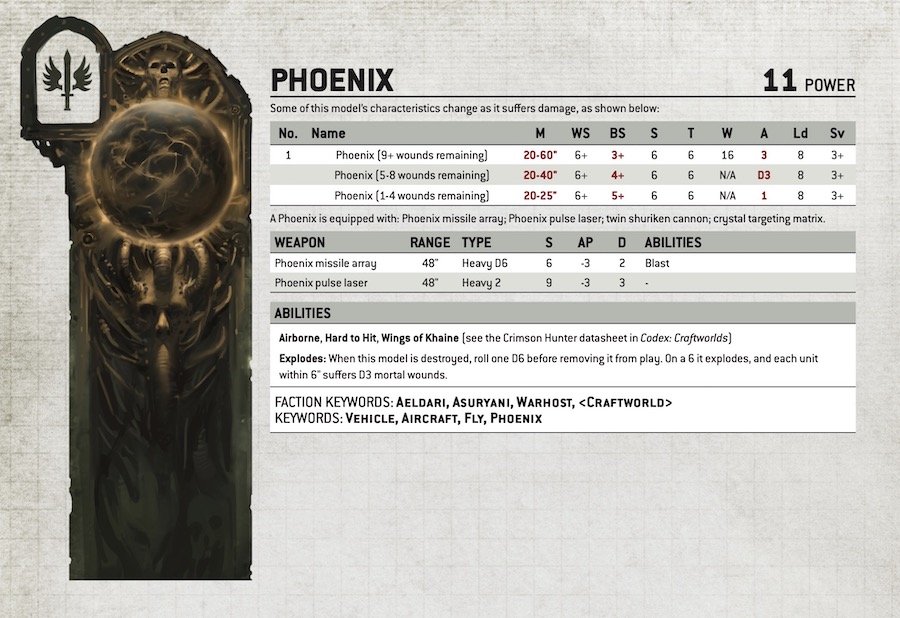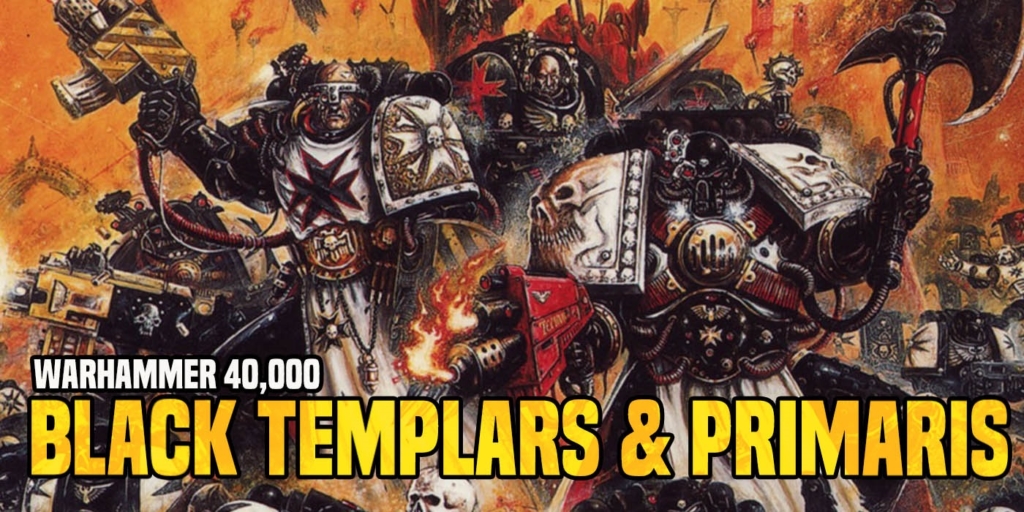Warhammer 40K Legends: The Grimdark’s Forgotten Warzones
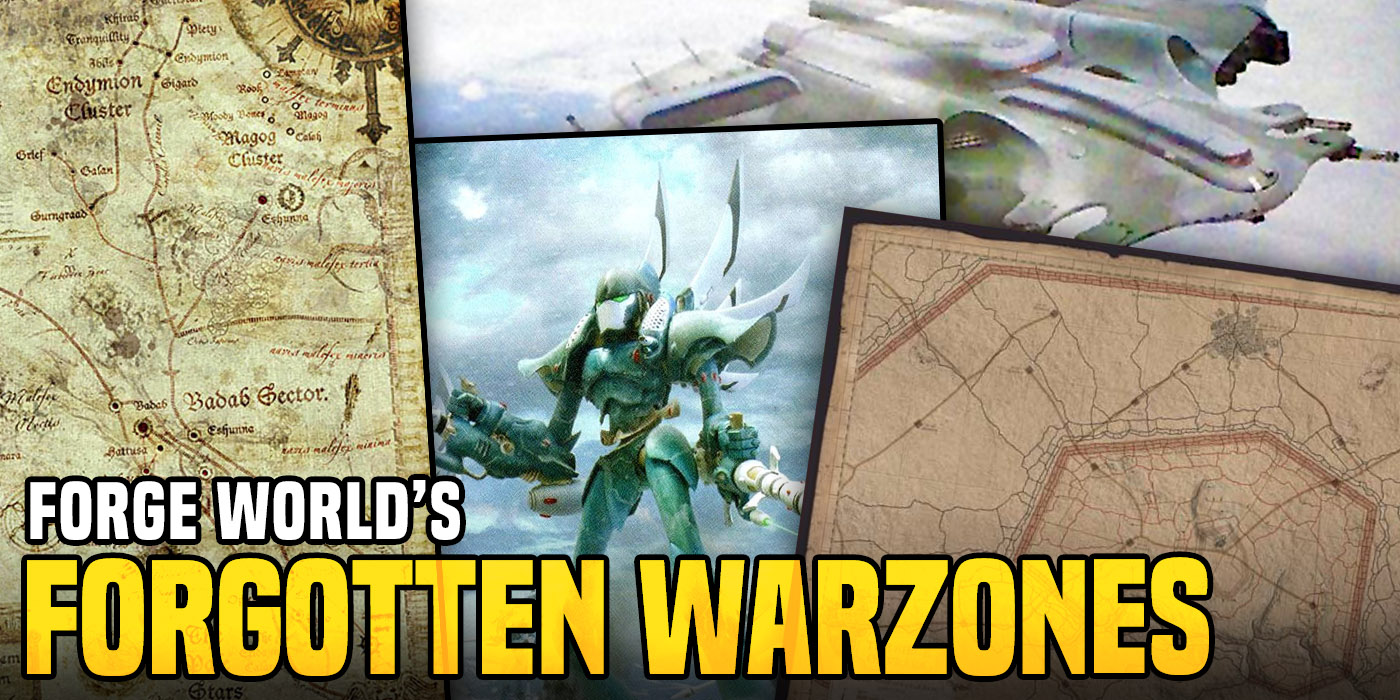

With the giant influx of Warhammer Legends from Forge World range, let’s take a last nostalgic look at the great warzones, and units now lost to the mists of time.
Forge World Imperial Armour is here with over 200 datasheets of the best of the last 15 years of resin goodies. But so, so many units (over 80) didn’t make the cut and are now part of Legends. We were going through the 40K Legends PDF and wanted to pour one out for the great narrative campaigns and settings of yesteryear that the game has moved past.
The Taros Campaign
Forge World’s first giant narrative campaign book. The massive 320-page book brought us to Taros, where the Imperium was called in to fight off a T’au invasion. This was the book that gave us so much – from Elysians to the then shockingly enormous Manta. It was a great tale told in detail of the entire campaign – from the preludes, through all the twists and turns, to the ultimate xenos victory! It was the book that would set the pattern for Forge World to follow with another dozen campaign books, and hundreds of unique units, many now lost to Legends. In recent days, GW has returned to Taros in Aeronautica.
Signature Unit – Great Knarloc
Oh, how I love the big bird. Taros gave us so many great units that really should be nowhere near a modern Grimdark battlefield and the Great Knarloc was one. The Kroot are indeed brave, and hungry… always hungry.
Siege of Vraks
A giant three-volume homage to World War One, set in the Grimdark. It was the tale of a fortress-depot world gone traitor and the Imperium’s grinding campaign of attrition to take it back. This massive trilogy brought us the Death Korps, the Vraksian Renegades list – as close as the game has ever gotten to a Traitor Guard codex, more obsolete IG vehicles than you can count, and a never-ending list of Chaos warband leaders showing up for glory. Vraks was also the debut of the Forge World Reaver Titan in 40K. Many of its individual units still survive while other entire lists are now gone.
Signature Unit – Malefic Lord
What an effect a set of rules can have on the game. The Malefic Lord is infamous due to his overpowered rules that unbalanced early 8th Edition, despite never receiving a miniature. No one really cared and most people just used a variety of counts-as psykers from the chaos and WFB ranges. But he still lives on in Legends!
Raid on Kastorel-Novem
A nascent Waaagh that must be stopped. A daring high-risk raid into the heart of Ork factorums led by the Elysian Drop Troops and the Raven Guard. Raid on Kastorel-Novem was the classic commando “Guns of Navarone” story transposed into the Grimdark. It further expanded on Elysian Equipment and gave us a slew of crazy Ork contraptions being built in preparation for the Waaagh. In a shocking twist, the mission failed, with disastrous casualties for the Imperium and no lasting effects on the Orks. I will give Forge World credit for their bravado – when you cracked open a 40K narrative campaign you really never knew who would win – oftentimes it was no one. Truly a reflection of the Grimdark.
Signature Unit – Lifta-wagon
Ahh, the Lifta-droppa. What an amazing bit of greenskin tech brought all the way from EPIC into 40K. It’s equally amazing, deadly, and ridiculous. I miss it and Chinork (sadly not from Kastorel-Novem) so, so much.
The Badab War
An old chestnut from the very dawn of 40k back in the 1980s, Forge World gave this Marine civil war a two-volume set decades later and went to town on the special characters. This campaign brought us Lufgt Huron’s betrayal that would turn him into Huron Blackheart. It also brought the game almost two dozen Marine characters, many of which never received minis and would unbalance the meta for years to come.
Signature Unit – Lord High Commander Carab Culln
Culln was a Forge World favorite, who appeared in three campaign books that followed his career, first as a Veteran Sergeant (Anphelion Project), then Captain (Siege of Vraks), here as a Chapter Master of the Red Scorpions, and even more recently as a Risen Leviathan Dreadnought!
Doom of Mymeara
The frozen world of Betalis III suddenly found itself under attack by not raiders, but a full invasion by multiple Eldar Craftworld and Corsairs. The Asta Militarum, and Space Wolves swing into action on an arctic warzone where frozen death lurks around every corner. While the Imperials struggle to hold off the sleek Warhosts, or even understand their targets, the war escalates with the rarely seen Eldar titan clans (who were introduced in this book) becoming involved. Hidden at the heart of the campaign was a lost Craftworld roused to war, and the reunification of a Phoenix Lord with his kin. Doom of Mymeara was a gift to Eldar players, giving the game not only the Corsair list, the descendant of the original Rogue Trader Eldar, but a detailed description of the Eldar’s misdirection and cunning way of war at a strategic level.
Signature Unit – Phoenix bomber
The Phoenix was reprinted in Mymeara but was one of the earliest Forge World Eldar vehicles. Its design holds up surprisingly well for its age, heralding from an era of some mighty odd-looking Eldar designs. It was a solid piece of battlefield equipment to give the Eldar air superiority long before all their modern plastic flyers arrived. I will miss it.
~Which one is your favorite, and did any of you actually play out the various Forge World campaigns?

